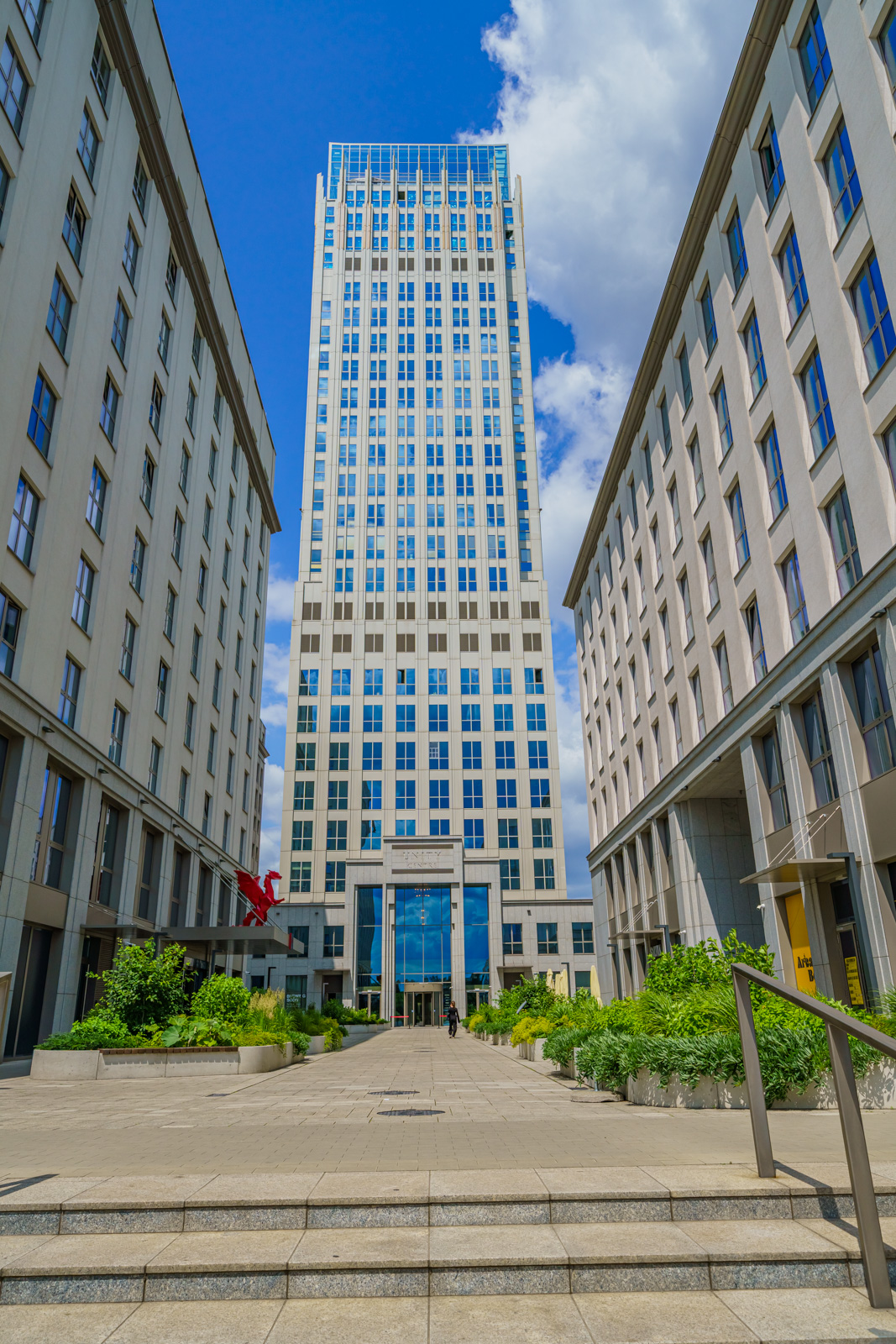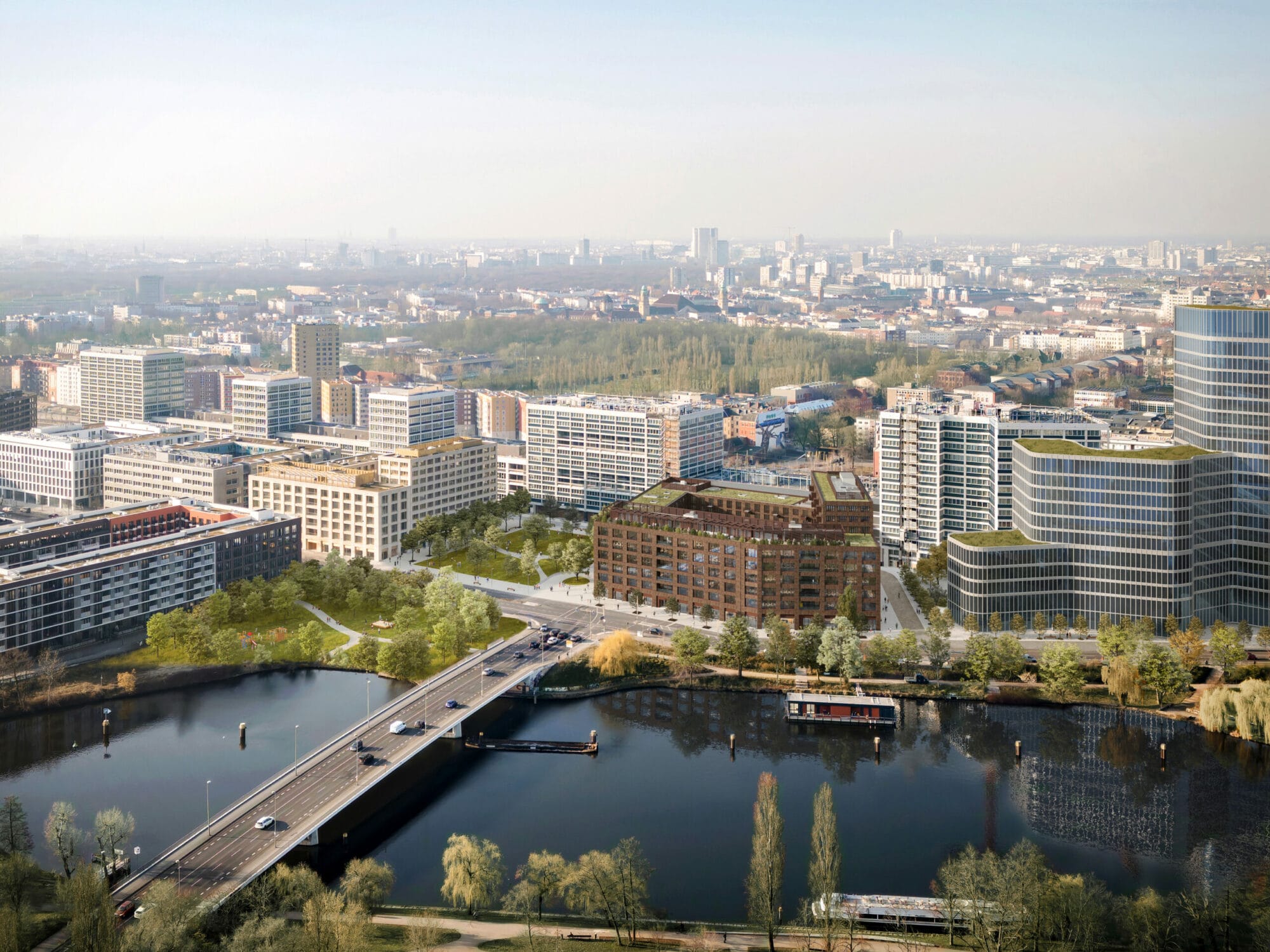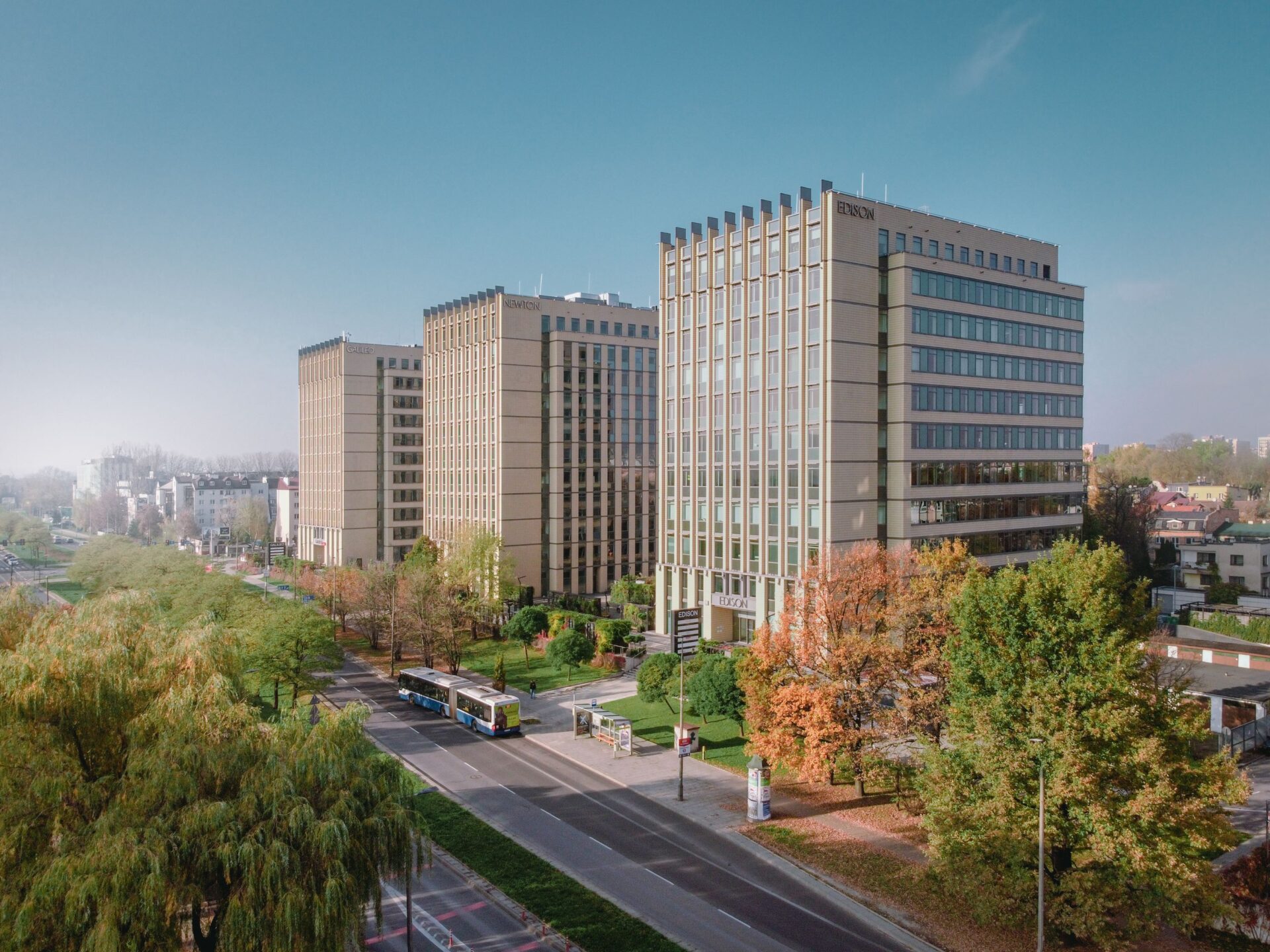Savills, along with its flexible office specialist Workthere.pl, anticipates that flex office stock in Europe will reach circa 20 percent of total office stock across the continent over the next 10 years. However, this will vary significantly by location and working culture, as the definition of what is considered ‘flex’ broadens.
European flex office demand reached 193,000 sqm during H1 2022, in line with the levels recorded for the full year 2020 and 2021, according to Savills latest research. Amsterdam, Paris CBD and Lisbon have been the most active markets in this sector over the last 18 months. Flex office demand accounted for 5 percent of overall take-up across European cities during H1 2022, up from 3 percent during the pandemic, and remains on a gradual recovery to the 8-9 percent observed before the pandemic.
Ed Bouterse, Head of Workthere Europe, says: “The recovery of the flexible office sector has been most apparent by rising occupancy levels. According to our recent Flexmark report, occupancy rates are back to pre-pandemic levels of over 80 percent in private offices and over 65 percent for shared space.”
Mike Barnes, Associate Director, Savills European Research, comments: “Looking forward, if employer hiring sentiment weakens, and unemployment rates begin to rise, this may reduce the total quantum of office space required. However, economic uncertainty will help fuel demand for more flexible lease terms, and the shift to enhanced amenities and a widening range of working forms will support further demand for flex space. Coupled with the rising cost and timescale of fitting-out premises, we anticipate that flex office take-up will account for 5 percent of European office take-up in 2023, 6 percent in 2024 and will account for 20 percent of office stock in the longer term.”
Thomas Jodar, Associate Director, Workthere project lead in Poland, comments: “Leasing flexibility is becoming crucial for a growing number of companies in Poland. Coworking is no longer perceived as the domain of the startup environment and increasingly attracts large corporate clients, mainly from the IT (software producers) and business services sectors. The confirmation of this phenomenon is the constantly growing demand of operators for new locations and the highest occupancy rate of flex space, which in Poland oscillates around 80%. Along with the popularization of this form of rental and progressing inflation, we are also observing a gradual increase in rates for renting a flexible workstation on our market.”







